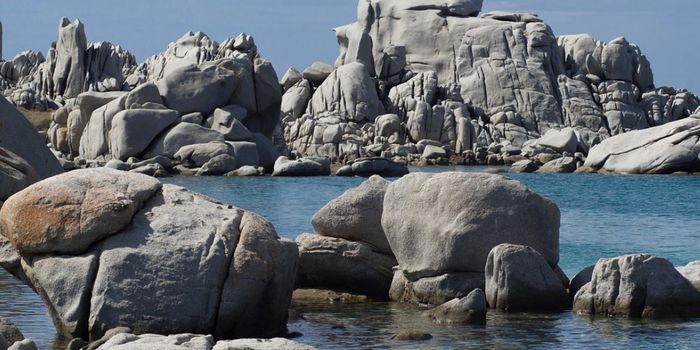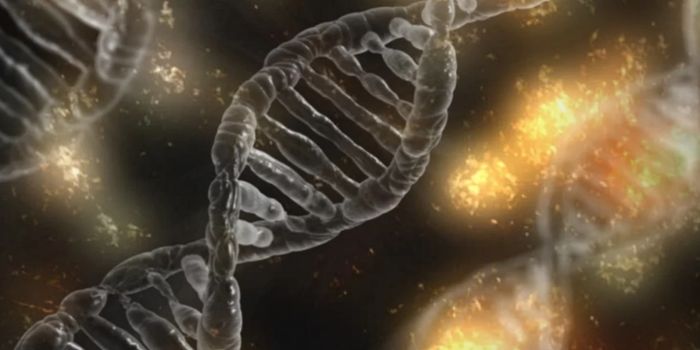Saving Rice From Climate Change
Researchers at the University of California-Riverside are looking at how plants handle and respond to stressful situations. What they’ve learned could shed light on how best to save key plants, rice, in particular, from wilting in these stressful environments.
Rice is one of the most crucial crops grown in the world and a staple source of nutrition and calories for almost half of the world’s population. And yet, rice crops are under constant pressure from the growing intensity of climate change. Though rice can survive in certain flooded areas for brief periods of time, the crops can die or produce less rice if there is too much water for too long. A lack of water caused by droughts can also damage rice crops.
In a new paper published in Developmental Cell, researchers are taking a closer look at how rice plants respond to two particularly stressful situations: the presence of too much water or a lack of adequate water. Both scenarios can threaten rice crops, with both droughts and flooding presenting a relatively equal threat to farming.
To examine the impact of both scenarios on rice, researchers simulated several days of flooding or drought, paying particular attention to how rice roots responded to these conditions. Roots are often the first part of the plant to be affected or respond to these stressful situations.
A notable finding from these simulations showed that rice plants, when stressed, produce a material called suberin. This substance plays a crucial role in helping facilitate the movement of water up the plant and oxygen down to the roots. The research team highlights that suberin could be a key way to address the impacts of stressful climate scenarios on rice plants, and that by helping rice plants produce suberin, it could help them survive extreme weather.
The team also noted several genes that play a role in producing suberin, which could pave the way for genetic modification of rice plants to help them thrive in extreme climate scenarios.
Sources: Science Daily; Developmental Cell; Journal of Nutritional Science and Vitaminology








